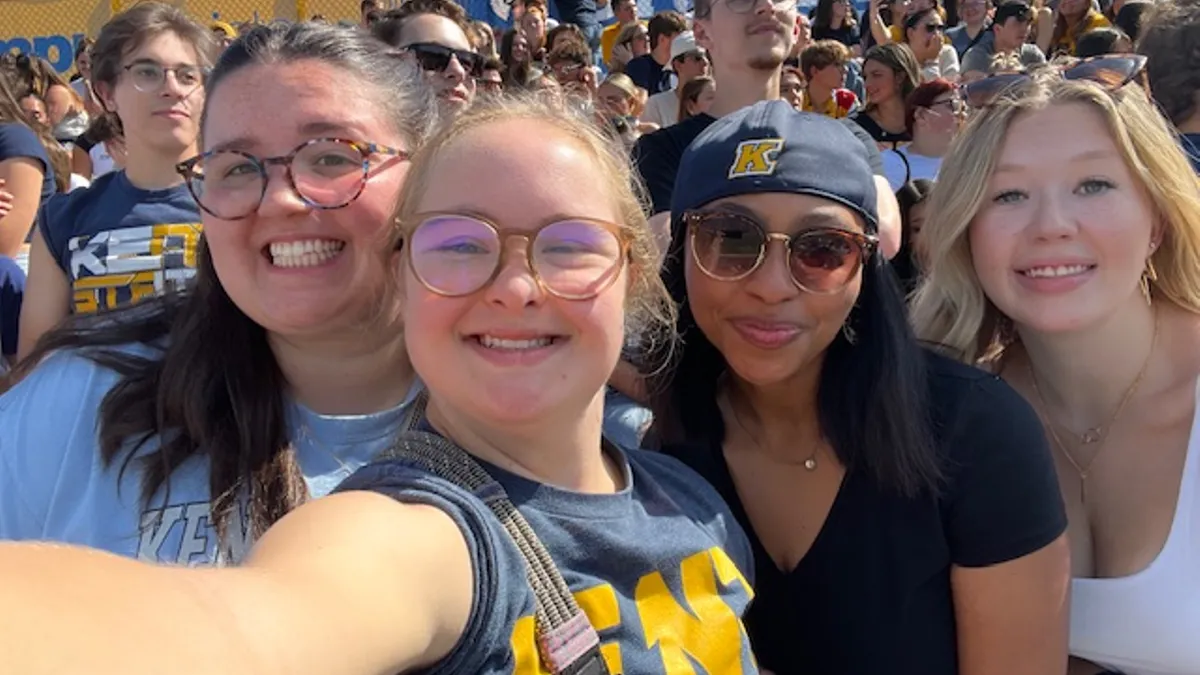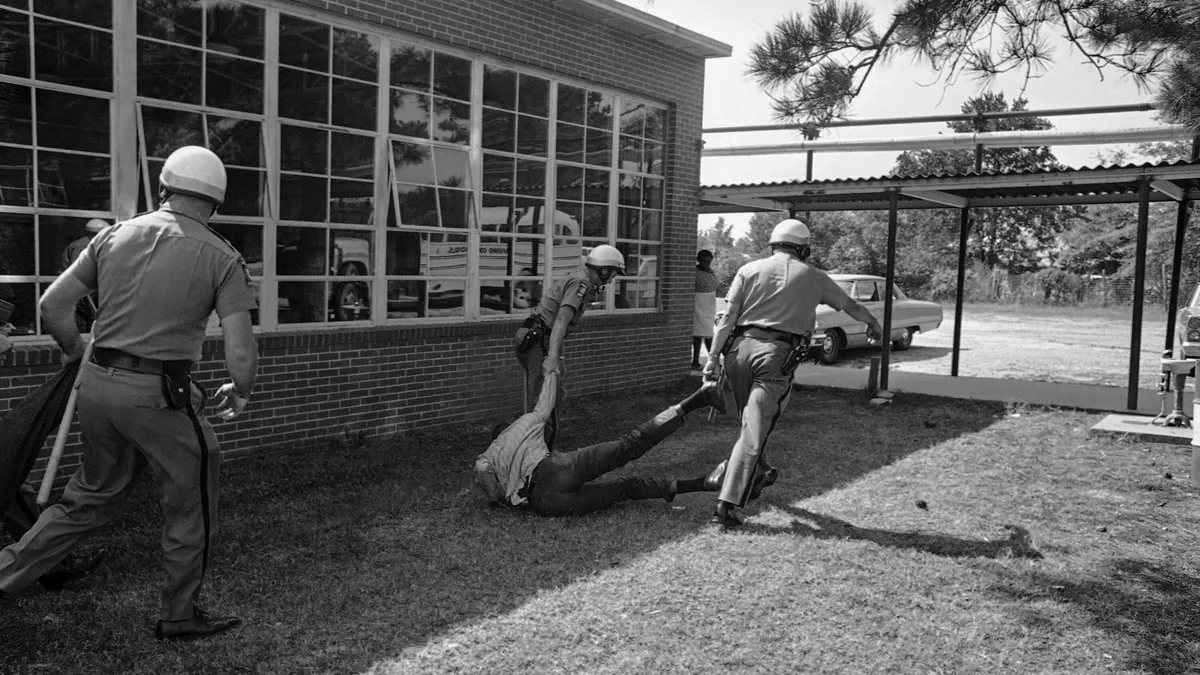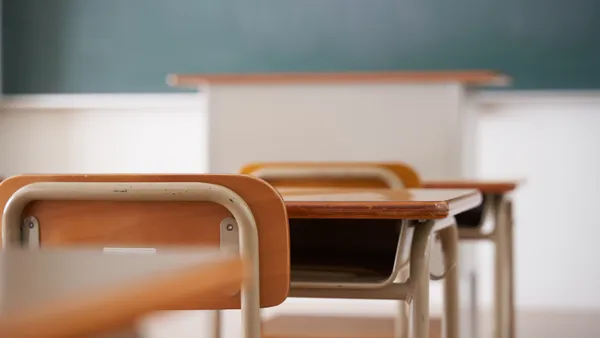Dive Brief:
- Proficiency rates in all subjects declined at Chicago Public Schools following the onset of the COVID-19 pandemic. However, a new review found English language arts proficiency rates at the elementary level have bounced back and surpassed pre-pandemic levels — increasing by 11 percentage points between 2022 and 2024.
- The report is the first installment of what will be an annual review by Kids First Chicago exploring how CPS students are doing — not just academically but socially and emotionally. The review examined indicators like student academic proficiency, on-track rates, absenteeism, postsecondary outcomes and parent engagement to highlight what’s changed from 2018 to 2024.
- Despite academic growth at the elementary level, SAT results show that high school students have not rebounded to the same extent. The report found that reading and math proficiency among high-schoolers remains below pre-pandemic levels, with math declining each year since 2021.
Dive Insight:
Chicago Public Schools serves over 320,00 students, who represent a higher proportion of students with greater needs compared to other districts in Illinois. Nearly 9 out of 10 Chicago Public Schools students are non-White — 47% are Latino, and 35% are Black.
Despite the academic growth in ELA proficiency, Kids First Chicago Data Scientist Micaelan Gasperich points out that equity gaps are evident when these rates are broken up by demographics.
“Something that really sticks out to me is the racial disparities. I think that potentially speaks to disinvestment and that sort of lack of funding in specific schools,” Gasperich said.
The report found that the elementary school ELA proficiency among White students is 60%, nearly twice the district average of 31%. Meanwhile, ELA proficiency rates for Black and Latino students fall below that average at 23% and 26%, respectively. Similar disparities are evident among other marginalized demographics, such as low-income, English learners, and students with individualized education programs.
The percentage of 8th graders completing Algebra 1 has increased, as well, and it now surpasses pre-epidemic levels as do four-year graduation rates. The percentage of 9th graders on track has risen from a low of 79% in 2021 to 84% in 2024 — just slightly behind the 86% recorded in 2018.
The report also examined social-emotional well-being among students in an attempt to provide a broader picture of the state of CPS. What stood out to Gasperich was the disparities between academic growth and social-emotional well-being.
Based on data from the 5Essentials — an annual survey developed by the University of Chicago Consortium on School Research and administered to students, teachers and parents — students are reporting declines in academic engagement and classroom rigor in 2024 compared to 2018.
Emotional health — which reflects students’ ability to build positive, respectful relationships — has declined since pre-pandemic levels, with reports indicating lower well-being in the post-pandemic period.
Hal Woods, chief of policy at Kids First Chicago, said he views the use of federal COVID-19 relief funds to hire full-time academic interventionists and deliver high-dosage tutoring as the biggest driver behind CPS’ literacy growth.
CPS incorporated a three-pronged strategy for academic recovery that prioritized high-quality curriculum and strong instructional practices, invested resources in evidence-based programs and interventions, and provided academic and social-emotional support through classroom-based efforts and expanded learning opportunities.
Woods added that since pandemic funding is ending nationwide, the critical issue now is sustainability.
“CPS faces a challenge, how can the district maintain these interventions, and the resulting gains, without the funding streams that made them possible?” Woods said.











